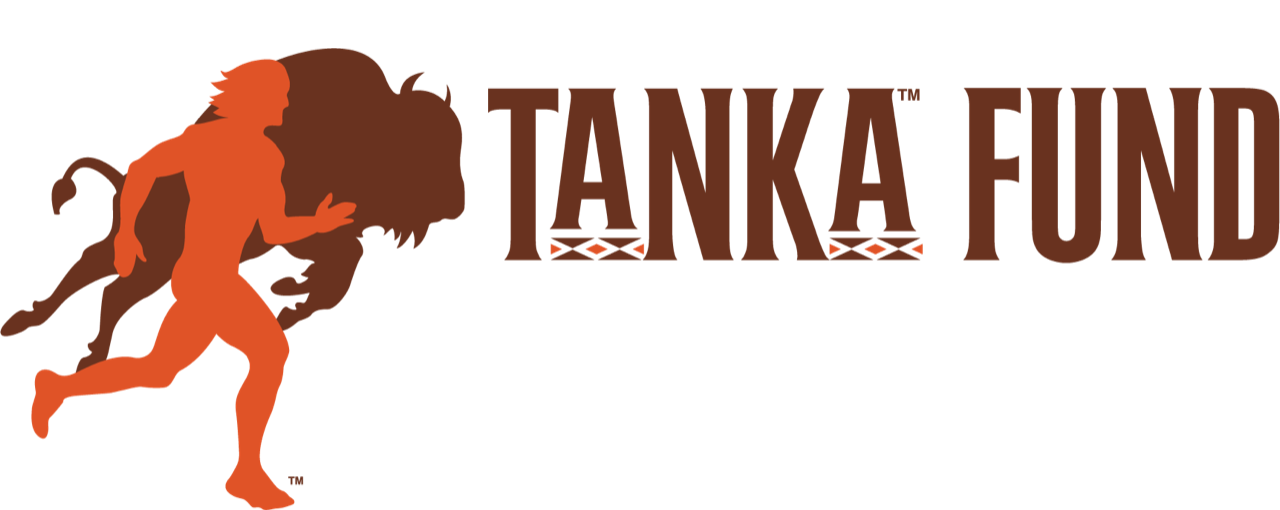New life, strong future: Calving season and the power of restoration
*Images provided by: Dancing Crane Ranch, Texas Tribal Buffalo Project, and Kremer Buffalo.
Summary:
Calving season is a vital and symbolic time for Buffalo herds, marking both the renewal of life and the strength of restoration efforts. For the Lakota people and Tanka Fund’s founding staff, seeing new calves each spring is a powerful affirmation of cultural, spiritual, and ecological healing. Through partnerships like The Nature Conservancy, Tanka Fund helps grow herds across Native lands, reinforcing the deep relationship between Buffalo and the people. From early spring calves to later summer births in places like Texas, each new life reflects the success of ongoing restoration, the resilience of the Buffalo, and the hope for future generations.
Five Key Points:
Calving season begins in late March and symbolizes the renewal of life, the end of winter, and the strengthening of Buffalo herds.
In Lakota tradition, the birth of Buffalo calves represents healing, resilience, and the sacred relationship between Buffalo and Native people.
Tanka Fund’s partnerships, such as with The Nature Conservancy, help support the growth of Buffalo herds across Native communities, including recent successes like Dancing Crane Ranch.
While most calves are born in spring, late-season calving — like at GP Ranch in Texas — is possible and safe in milder climates, showing the flexibility and resilience of restoration efforts.
A strong calving season reflects healthy land, thriving herds, and the success of Native-led restoration efforts to protect Buffalo for generations to come.
Read full story below.
Calving season is one of the most important and symbolic times of year for Buffalo herds. Typically beginning in late March and continuing through early summer, this season marks the renewal of life and the strengthening of the herd’s future — as well as the confirmed end of winter.
For many Lakota, the tribal affiliation of our founding staff, seeing the bright “red dog” calves — named for their distinctive reddish-orange color — each spring is a powerful sign that life is being restored, not only on the land but within the spirit of the Nation. It’s a reminder that when the Buffalo thrive, the people thrive — and that restoration is not just about numbers, but about healing generations of connection to the land and to each other.
Through partnerships like The Nature Conservancy (TNC), we’ve been able to help our rancher partners grow their herds and continue this new life and connection. Just this month, a Buffalo from TNC that was donated to Dave and Patra Wise of Dancing Crane Ranch on the Fond du Lac Reservation in Sawyer, MN, gave birth to a new calf — a living testament to this work in action.
In Lakota tradition, the birth of Buffalo calves carries deep spiritual meaning. Buffalo are considered sacred relatives — providers of life, sustenance, and teaching. Calving season is seen as a time of renewal, resilience, and abundance. The arrival of new calves represents the continuation of the sacred relationship between Buffalo and the people, a relationship built on respect, reciprocity, and survival.
While many calves are born in the spring, some will come closer to June or later. Our rancher partners Theda and Chris Pogue of GP Ranch in Sulphur Springs, TX, received their breeder bull in late October 2023. This caused their mother Buffalo to go into a late rut, pushing their 2024 calving season into July–August.
“So, while other ranchers see red dogs drop after the spring equinox, we'll await the summer solstice,” said Skylar Pogue, Tanka Fund intern at GP Ranch. “Late calves may be an issue for herds up north due to harsh winters, but down here in Northeast Texas, our mild winters ensure calves' survival rates.”
Buffalo calves are usually born after a gestation period of about nine and a half months. It takes several months for young calves to grow and darken into the rich brown color we associate with adult Buffalo. Calves quickly gain strength by staying close to their mothers, who are fiercely protective during this vulnerable time. They typically can stand and nurse within an hour of birth, forming a strong bond that is critical to their survival in those first crucial days.
Beyond the individual births, calving season is an important indicator of the overall health of both the herd and the land. A strong calving season means thriving Buffalo living in a healthy, supportive habitat — and it is clear proof that restoration efforts are making a real, lasting difference.
It’s a season filled with hope, celebration, and a renewed commitment to protecting and restoring these sacred relatives for generations to come. As we continue our mission to return Buffalo to the lands, lives, and economies of Native people, partnerships with organizations like TNC are vital in making that happen.
#TankaFund #BuffaloConservation #SupportNativeRanchers #WildlifePreservation #ProtectTheBuffalo #SustainableRanching #NativeAmericanHeritage #ConservationEfforts #WildlifeProtection #SupportIndigenousCommunities #BuffaloRestoration #DonateForACause #WildlifeSupport #CulturalPreservation #IndigenousLandManagement #HelpSaveTheBuffalo #BuffaloHeritage #SustainableAgriculture #LandsLivesEconomies #Donate #Buffalo #Bison #TheReturn #NativeAmerican #Indigenous #Resilience #Restoration #CommunityEmpowerment #Sustainability #SustainableRanching #BuffaloRanching #CulturalRevitalization #Biodiversity #TankaImpact #FoodSovereignty

